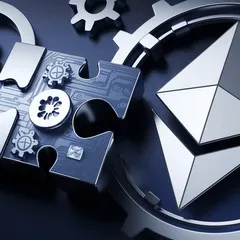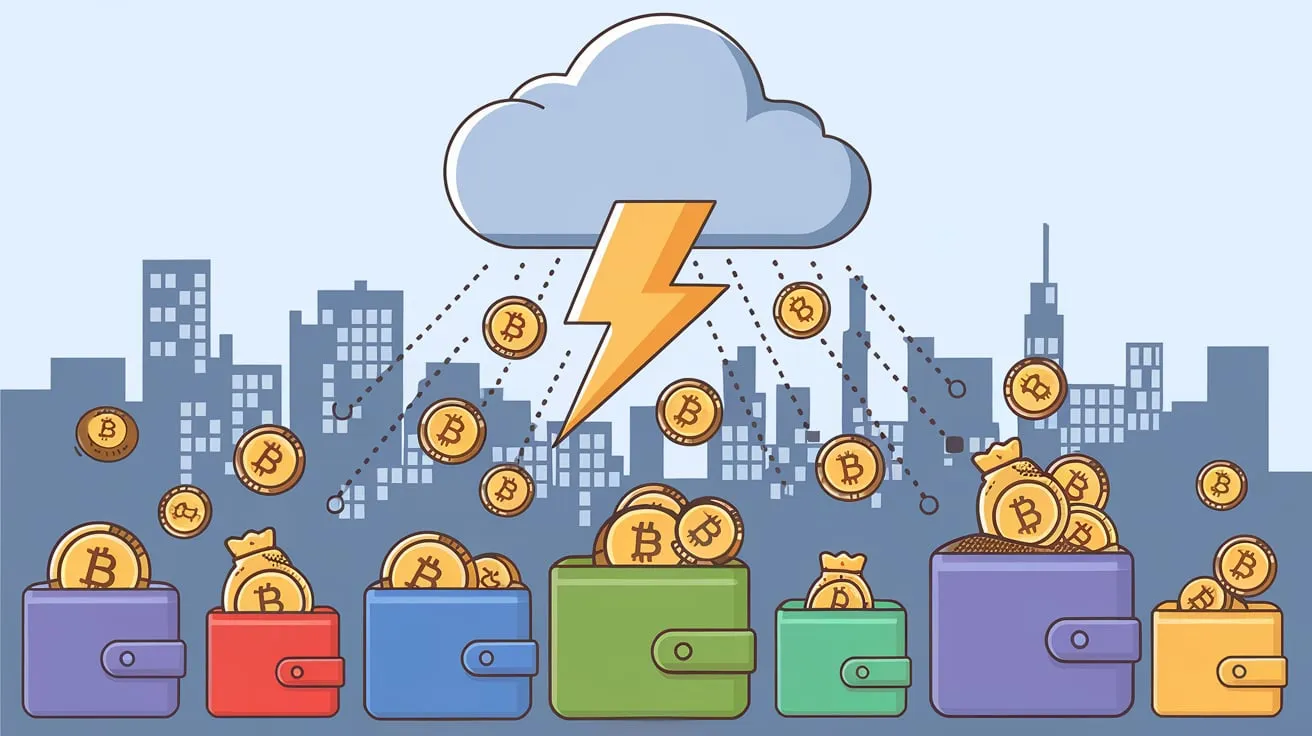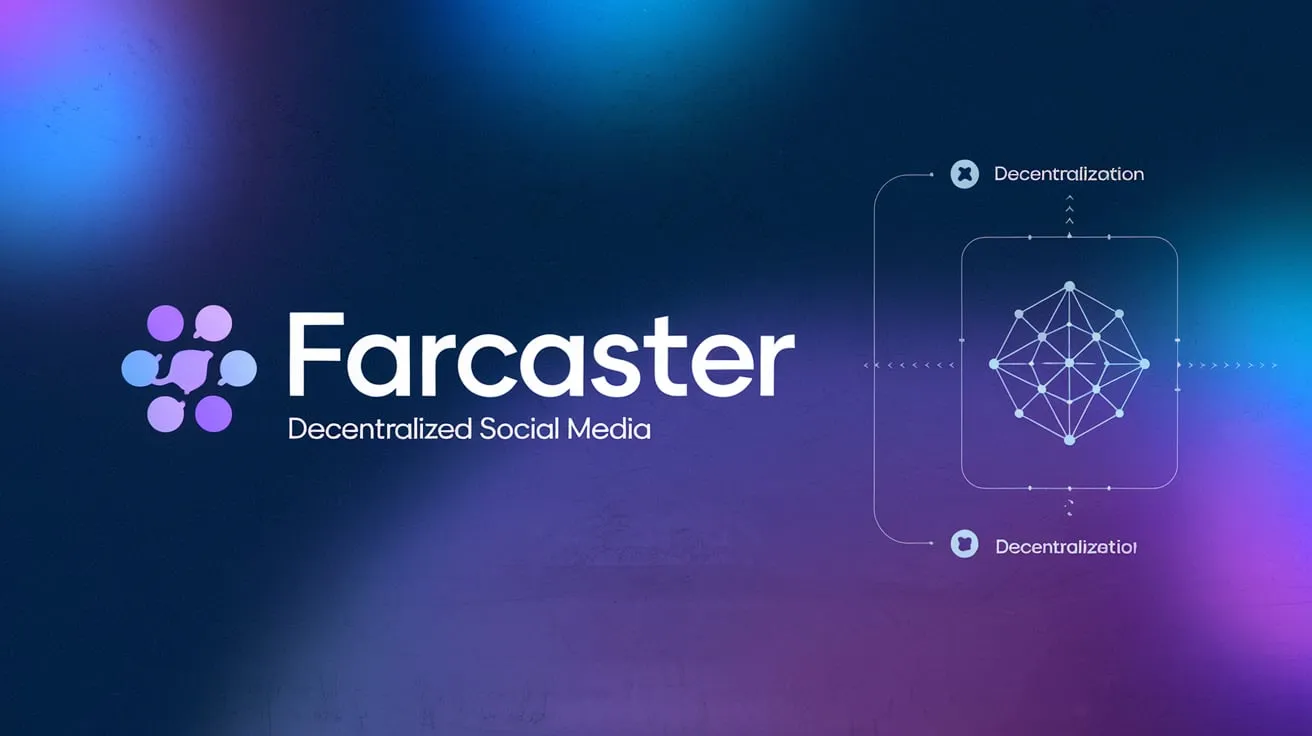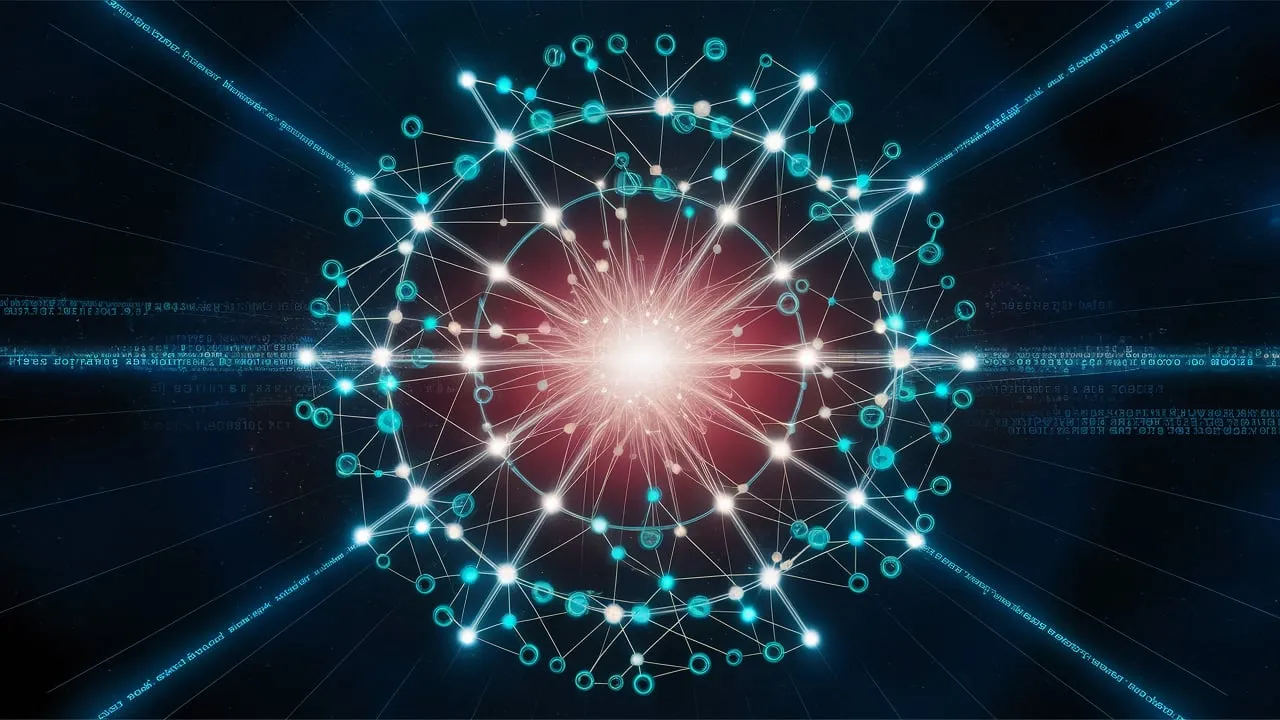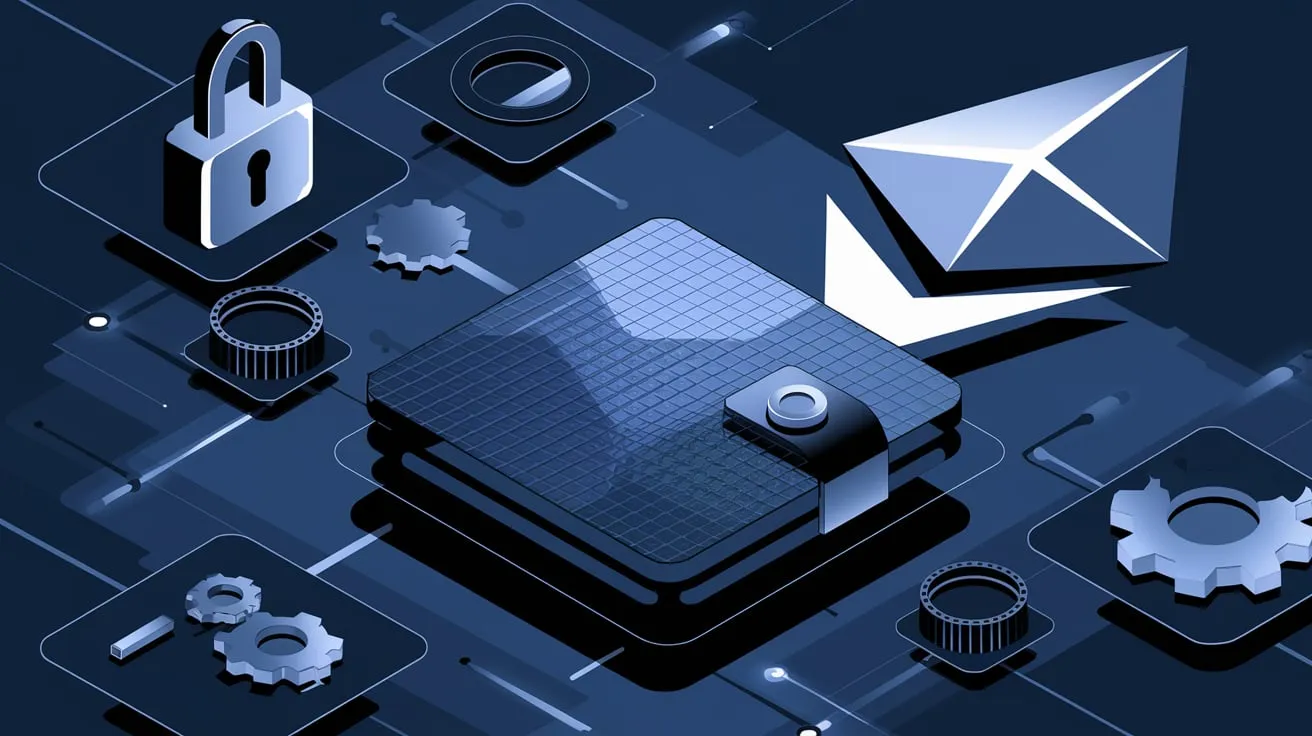
Did you know that 75% of blockchain transactions face scalability issues? Imagine losing control of your digital assets because of hectic blockchain transactions.
What if blockchain transactions can be faster, cheaper, and more secure? According to Ethereum experts, ERC-4337 account subtraction is the next step in the right direction towards blockchain innovation.
From DeFi to NFTs, the applications of ERC-4337 account subtraction are limitless. Get insider knowledge on this groundbreaking token standard. Learn how this Ethereum accounting standard is changing the way we handle digital assets, and what it means for the future of blockchain transactions and the Ethereum network.
What is ERC-4337 Account Abstraction?
ERC-4337 account subtraction is an Ethereum Improvement Proposal (EIP) that enables efficient, secure, and scalable management of digital assets on the Ethereum protocol.
It was created to increase the user experience by allowing account subtraction without altering the basic consensus layer of Ethereum. Account subtraction allows users to interact with smart contracts without using a specific Ethereum account.
Users can create tokenized accounts, enabling several users to manage a single account, which can be accessed using a seed phrase. ERC 4337 also executes account retrieval, multi-factor authentication, and automated transactions which are not possible with a basic Externally Owned Account (EOA).
By removing the dependence on private key-based EOAs, ERC-4337 designs accounts that can be customizable and powerful like smart contract accounts. Users can develop global smart contract accounts for executing different tasks automatically thus, making Ethereum interactions easier and safer.
How ERC-4337 Work
ERC-4337 enables account subtraction on Ethereum making crypto wallets more accessible and flexible. The main aim of this subtraction is to increase the experience of users when using decentralized applications (dApps).
Here is a workflow of how user enables account subtraction on the Ethereum blockchain:
- Users create a tokenized account via an ERC-4337 token standard
- Tokens are deposited into the tokenized account.
- Users manage and control the tokenized account, including the transfer of tokens.
- When there is a transfer of tokens, the contract subtracts the transferred amount from the tokenized account.
- Optimized gas usage decreases gas fees.
Features of Ethereum ERC-4337 Token Standard
Users do not need a specific EOA account to interact with contracts, allowing them to utilize a simple EOA account if desired. Erc-4337 enables account subtraction. Here are the major features:
1. Account Abstraction Basics
Traditionally, there are two types of Ethereum accounts which are Externally Owned Accounts (EOAs) managed by private keys and Contract Accounts (CAs) which are controlled by codes.
An EOA wallet has limited functions because they are connected to private keys. Account abstraction proposal enables accounts to execute like smart contracts, thereby creating possibilities for flexible gas fees, social account recovery, and multi-signature wallets in Web3.
2. Smart Contract Account Wallets
Thanks to ERC-4337, user accounts are seen as smart accounts instead of EOAs. This allows wallet accounts to set customizable transaction verification rules.
Users can use biometric authentication or multi-signature verification to authorize transactions without the need for a consensus layer.
3. Bundlers and UserOperations
ERC-4337 standard brings the content of User Operation which are transactions that are signed by the user to be transferred to the blockchain. A UserOperation is aggregated with a Bundler instead of using a normal transaction path.
Note that a Bundler is a new participant in the network that gathers several UserOperations and bundles them into a single transaction before submitting it to the blockchain.
This bundling can save gas fees when users pay for account types and make the management of transactions easy and safe.
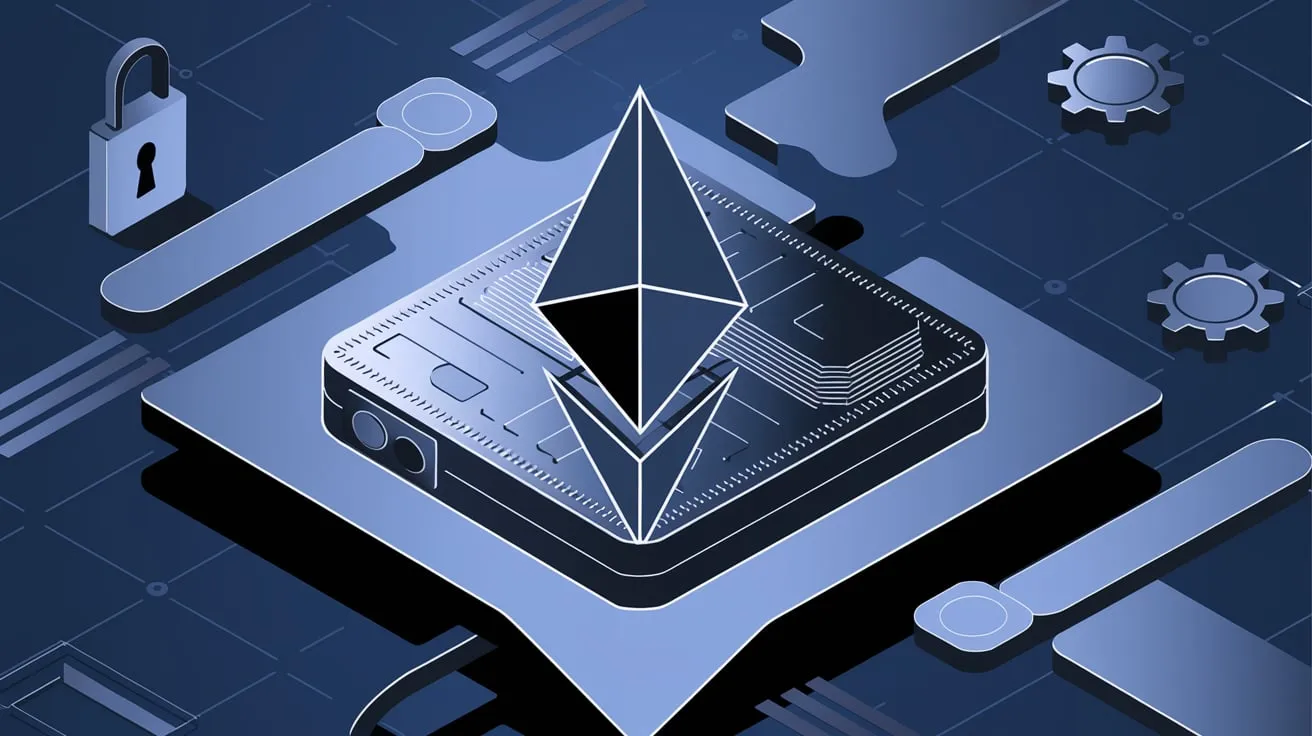
4. Gas Payment Flexibility
Alternative payment methods for gas fees are also possible with ERC-4337. It allows users to pay these fees with ERC-20 tokens and third-party sponsors instead of ETH.
This feature is very useful for new users who are not ETH token holders yet, thereby making onboarding user-friendly and simple.
5. Social Recovery and Multi-Signature on Transactions
ERC-4337 makes it simple for users to set social recovery mechanisms and paymaster for access to their wallet. This allows users to gain full ownership when they misplace their private key by setting several addresses that can be used to recover the wallet when necessary.
The recovery standard also enables multi-signature accounts and adds an extra layer of security for high-value accounts or collective digital assets.
6. Compatibility with Layer 2s
ERC-4337 is created to be compatible with Layer 2 blockchains like Optimism, Arbitrum, and zk-rollups. This means that it can be used on these chains without adjustments.
The compatibility feature increases the concept of account abstraction proposal, which completely goes beyond Ethereum Layer 1, thereby allowing faster and more cost-effective transactions.
7. User Experience Improvements
ERC-4337 encourages a smooth user experience by abstracting away the difficulties of conventional EOAs. Functions such as automated transaction batching, gas fees in tokens, and biometric authentication can make ETH more appealing to mainstream users, as they can pay for the gas more flexibly.
ERC-4337 enables account abstraction without complexity, making Ethereum more user-friendly and allowing features like flexible transaction fees, smart contract wallets, and security.
These features bring Ethereum closer to providing an adaptable, seamless, and safe user experience that can be beneficial to experts and beginners who use smart contracts, separate mempool, and Entrypoint contracts in the crypto network.
Here is a Relevant YouTube Link for Deeper Insight on How Account Abstraction Changes Ethereum
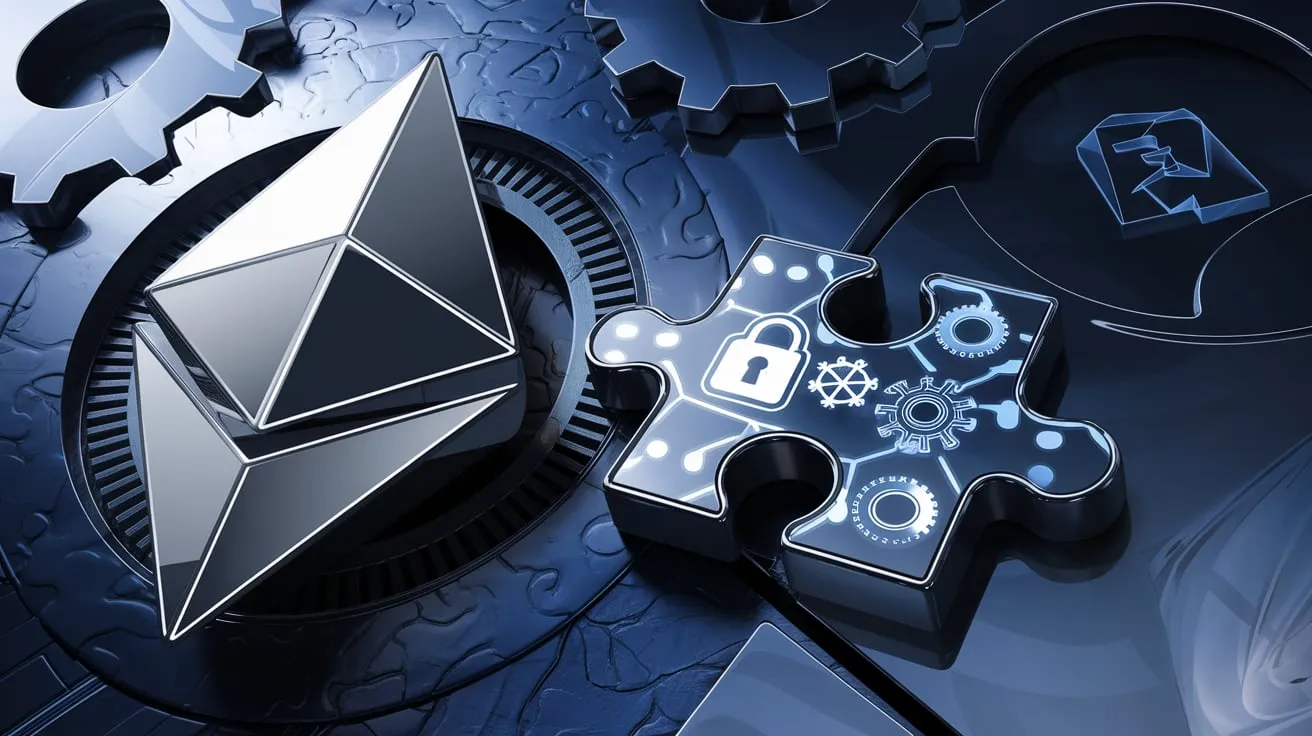
How ERC-4337 Improves Wallet Functionality in Blockchain
- Enhanced Security and User Control: Users can gain extra security functions that lower the chances of loss of private keys or theft. For example, account recovery settings and multi-factor authentication can be a haven for users who are managing important crypto assets.
- Automation and Customization: Conventional EOAs demand users to manually authorize every transaction in the ecosystem. With ERC-4337, there is transaction bundling and automation for simplifying repetitive work. This is very important for NFT and DeFi users who conduct several transactions because smart contracts can automate these transactions without the need for constant user input.
- Increased Flexibility for Developers: This includes the ability to implement gas abstraction for more efficient transactions. Blockchain developers in Alt Mempool can benefit from the modular structure of ERC-4337 when they develop applications that use smart contract features and protocol changes across EVM-compatible blockchains. Features for cryptographic schemes like quantum-resistant encryption and BLS, account abstraction and ERC-4337 pave the way for applications that are more resilient and can stay secure over time.
Final Thoughts on ERC-4337 Standard in Web3
ERC-4337 allows significant growth in Alternative Mempool and Ethereum by combining the benefits of smart accounts with the management of accounts, thereby leading to an account experience that is safe, versatile, and user-friendly.
By allowing advanced functions with smart accounts, ERC-4337 opens a new world of possibilities for NFTs and DeFi, thereby making Ethereum more accessible to users in the Web3 world, even for those using EOAs as their primary account.
ERC-4337 also introduces account subtraction without the need for consensus-layer protocol changes. As the world of account abstraction is being explored, the future of a blockchain interaction that is safe and effective looks more feasible than before.
FAQs on ERC-4337 Account Abstraction
What are the main differences between EOAs and smart accounts in ERC-4337?
EOAs require a private key for each transaction, which makes them vulnerable to loss or theft. Smart accounts under ERC-4337, on the other hand, provide consumers with increased security options, automated functions, and wider customization, giving them a "trustless bank" experience.
How does ERC-4337 enhance security for the Ethereum account?
ERC-4337 introduces features such as multi-factor authentication, account recovery, and transaction bundling to reduce the risk of losing account access when users pay gas fees. The integration of smart contracts to account abstraction simplifies the implementation of security mechanisms directly within wallets.
Can ERC-4337 accounts be used on other blockchain networks?
Yes, ERC-4337 is compatible with several EVM-compatible chains, allowing developers to integrate it into blockchain settings other than Ethereum.
Why was ERC-4337 needed if other EIPs aimed at account abstraction?
Unlike prior EIPs such as EIP-2938 and EIP-3074, ERC-4337 does not require changes to Ethereum's consensus layer, making it easier to deploy while minimizing network disruptions.
